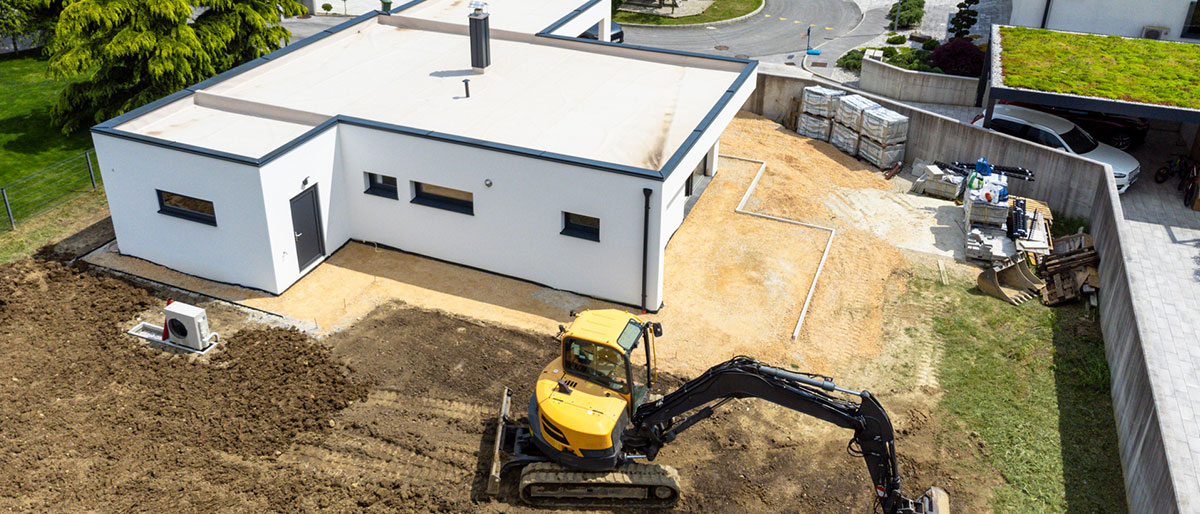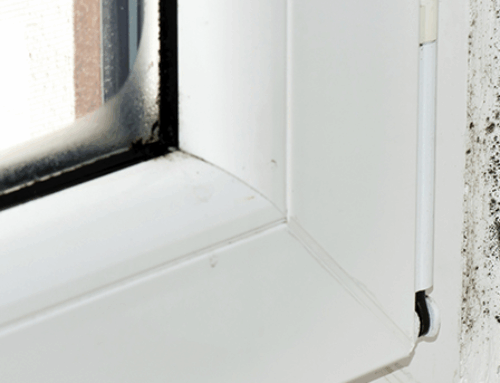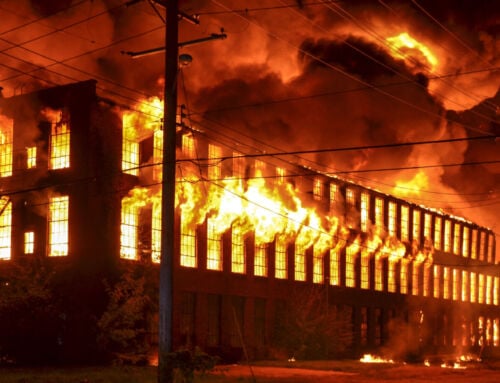When it comes to building a home, what lies beneath the surface matters just as much as what’s above it. Soil conditions can significantly affect the stability, longevity, and safety of a structure. In Canada, where the ground composition varies from region to region, it’s critical for builders to recognize the risks that different soil types can pose. Soil types vary by strata until the bedrock is reached, in other words what is on top will generally be different from what is a few feet further down. A proactive approach can prevent long-term damage, costly repairs, and regulatory setbacks.
Why soil conditions matter in construction?
Soil is a foundational element that determines how a structure will perform over time. Builders in Canada often encounter a wide range of soil types, from dense clays to sandy soils and highly organic peat. Each type responds differently to moisture, weight, and environmental stress, which can result in shifting, cracking, or settling foundations if not properly managed.
Failing to assess and prepare for these conditions during the early stages of construction can lead to significant issues down the road, such as uneven floors, misaligned doors and windows, and even structural instability. In cold climates, these risks are even more pronounced due to freeze-thaw cycles and frost heave.
Federated Insurance has handled two large claims over $250,000 where homes were built on poorly compacted fill. In both cases, the homes shifted and settled due to soil movement. The builder had no recourse because a Hold Harmless Agreement in the land sale contract prevented them from pursuing the developer. This case proves that builders may be liable for soil-related damage, even if they didn’t develop the lot.
Common soil types and the risks they pose
Here are some of the most common soil types encountered in residential construction – and the problems they can bring:
- Clay soils expand when wet and shrink when dry, causing foundations to shift and crack.
- Peat soils are soft and spongy, leading to low load-bearing capacity and settlement risks.
- Silt soils retain moisture, leading to poor drainage and are prone to frost heave, which can displace foundations in colder climates.
- Sandy soils offer good drainage but lack cohesion, reducing their ability to support heavy loads.
Understanding the soil type at a construction site and before breaking ground, allows builders to design foundation systems that accommodate or mitigate these risks.
Key soil reports builders should request
Certain reports can help identify and reduce soil-related risks:
- Geotechnical evaluation report: Recommends foundation design, compaction, drainage, erosion control, and soil prep based on site-specific conditions.
- Deep fill report: Required by some municipalities when 2 metres or more of fill is planned; details compaction, thickness, and suitability.
- Slope stability report: Evaluates slope hazards near ravines or sloped lots.
- Material testing report: Confirms soil strength and compaction quality for different soil types.
Soil testing requirements for different lot types
There are three common ways lots are developed, each with different geotechnical implications:
Infill lots
Created between two existing homes. Geotechnical reports may not be required, and simpler approaches are often taken.
Small developments (2-7 lots)
Typically involves a severance application. Geotechnical reports are completed to meet planning requirements.
Large subdivisions
New parcels of land where streets are created. These require thorough soil evaluations to meet municipal standards.
Best practices for selecting and preparing a lot
Tips to reduce risks when purchasing or preparing a lot:
- Buy from reputable developers with a track record of delivering quality sites.
- Obtain the applicable geotechnical reports from the developer. These can include the geotechnical evaluation, deep fill, slope stability and material testing reports.
- Request all soil reports and have them reviewed by your own geotechnical engineer.
- Review historical land use: Use aerial photos and previous site records to identify potential buried organic materials, decaying vegetation, or old natural gas well sites that can affect foundation performance.
- Know when to walk away: If a geotechnical engineer identifies issues with soil conditions that cannot be resolved, consider not purchasing or building on that lot.
- If geotechnical reports aren’t available, make sure that they aren’t required.
- If reports aren’t available for lots that normally require a geotechnical evaluation such as ravine lots, consider not purchasing the lot.
- Be cautious with contracts: Hold Harmless Agreements can block you from seeking reimbursement for soil-related damage and may shift liability to the builder. Always seek legal advice before signing.
What should builders know about Ontario’s soil regulations?
Ontario’s On-Site and Excess Soil Management Regulation (O.Reg. 406/19) introduced significant changes to soil handling practices. Builders should be aware of the following key requirements:
- Landfill restrictions: The requirement to divert excess soil from landfills, originally scheduled for January 1, 2025, has now been delayed to January 1, 2027.
- Expanded exemptions: Certain types of excess soil, such as those affected by invasive species or geotechnical hazards, may still qualify for landfill under specific conditions.
- Planning obligations: Construction projects that generate more than 2,000 cubic metres of excess soil should continue to file notices in the Excess Soil Registry and prepare a reuse plan prior to removal.
- Qualified oversight: A Qualified Person (QP) should be retained to assess and document soil quality and prepare the necessary reports and management plans.
These regulations aim to promote sustainable construction practices and reduce the environmental impact of soil displacement.
Strategies to mitigate soil risks
There are several ways builders can reduce soil-related challenges before and during construction:
- Conduct geotechnical assessments: Investing in soil testing at the beginning of a construction project can help reduce risk and improve long-term outcomes. Engage a certified geo technical engineer to analyze site-specific soil conditions and recommend appropriate foundation systems.
- Use soil stabilization techniques: Methods such as mechanical compaction, chemical stabilization, or the use of geotextiles can help reinforce weak soils.
- Ensure proper drainage: Install perimeter drains, gravel beds, or swales to prevent water buildup around the foundation, especially important for clay and silt-heavy sites.
- Plan for seasonal shifts: Incorporate flexible or reinforced foundation designs in areas prone to frost heave or expansive soils.
- Identifying hazards: Consider risks like contamination, high water tables, and dewatering implementation if present, or unsuitable load-bearing capacity.
- Understanding lot development types: Infill lots may have less stringent geotechnical requirements, but subdivision or ravine lots typically require full evaluations. Confirm municipal expectations.
- Ensure compliance: Meet local and provincial regulations that can help avoid costly fines or project delays.
- Improving planning: Use accurate data to inform engineering and construction decisions. Preventing unforeseen expenses related to soil remediation or foundation repairs can lead to cost efficiency.
Protect yourself with the right insurance!
Soil-related challenges and evolving regulations can expose builders to unexpected costs and liability. Insurance can serve as a critical safety net, helping you manage risks and keep your projects on track. To find out how Federated Insurance can help protect your construction business, visit our Contractors insurance page today!
This blog is provided for information only and is not a substitute for professional advice. We make no representations or warranties regarding the accuracy or completeness of the information and will not be responsible for any loss arising out of reliance on the information.






